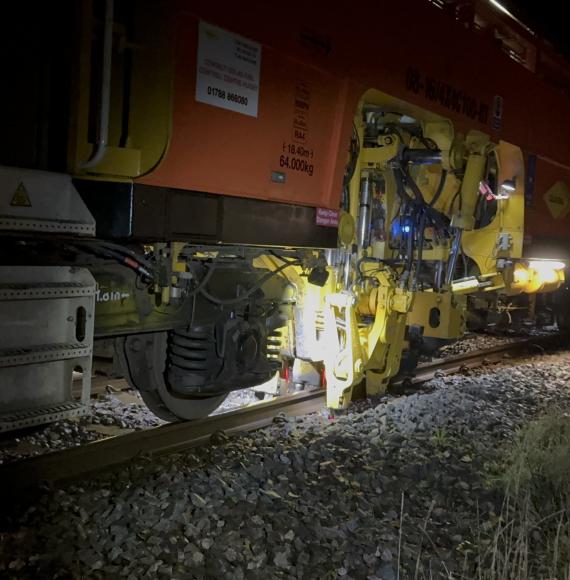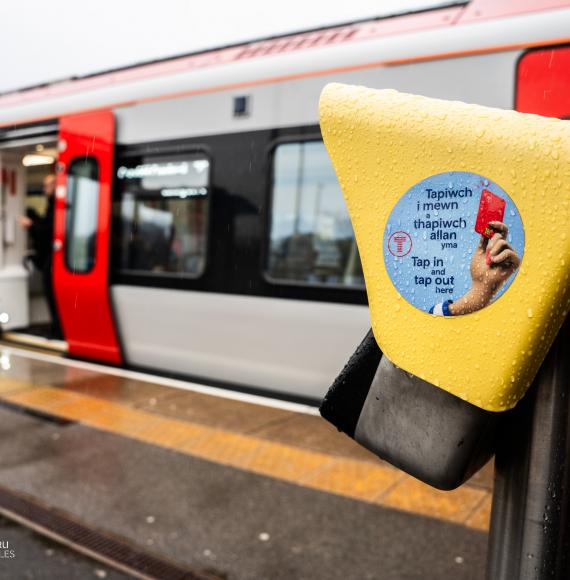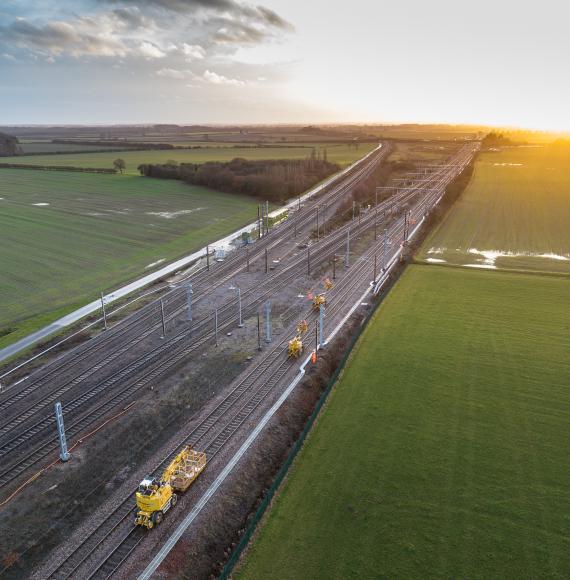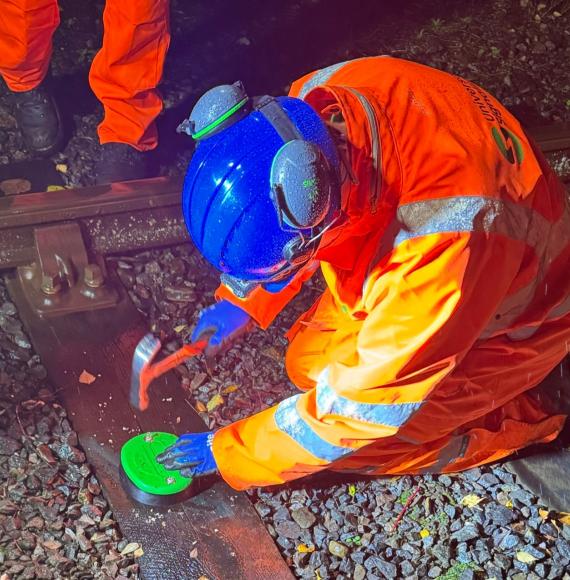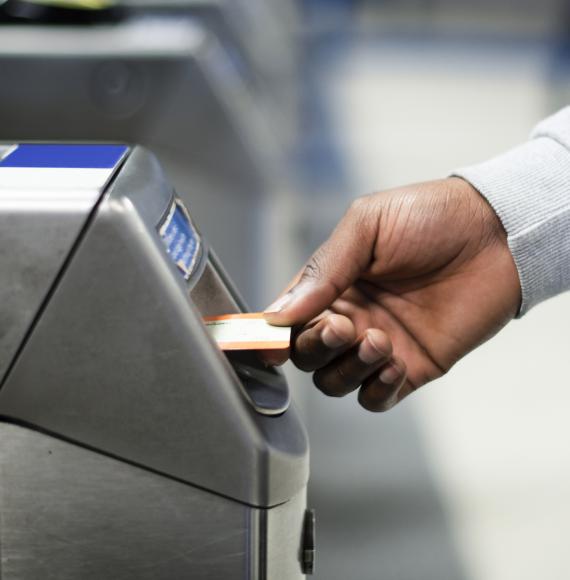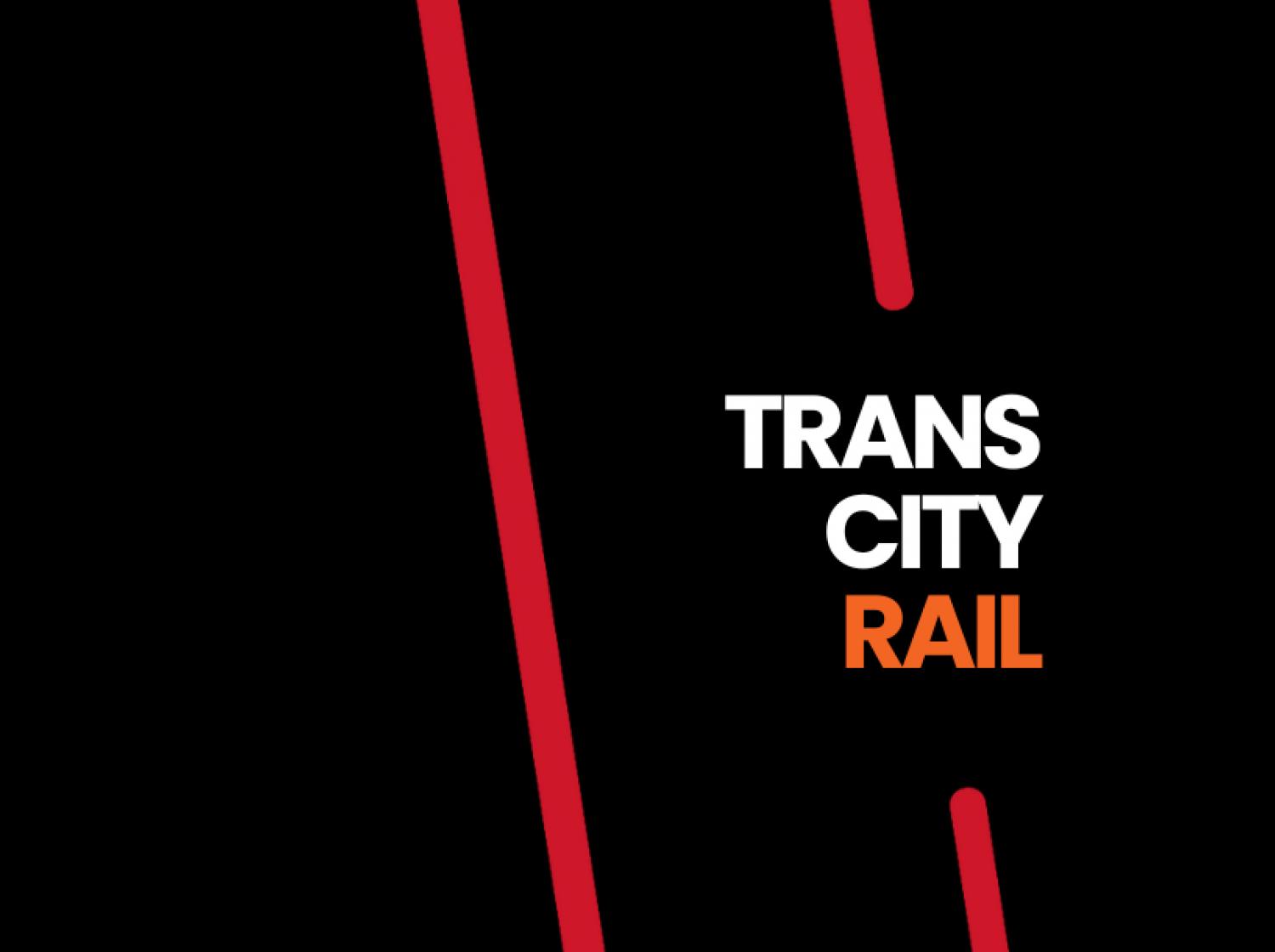Alstom has successfully delivered and commissioned the European Rail Traffic Management System (ERTMS) on the Iron Ore Line—known locally as Malmbanan—one of Sweden’s most crucial freight corridors. This milestone marks the first full-scale implementation of the new European signalling standard beyond Sweden’s pilot lines, significantly enhancing the line’s reliability and reducing maintenance needs.
The modernisation project was carried out in close collaboration with Trafikverket, the Swedish Transport Administration. It unfolded in two major phases: an initial upgrade using Automatic Train Control (ATC), followed by the transition to ERTMS. The system is now operational across the control areas of Linaälv, Gällivare, Kiruna, and, most recently, parts of Björkliden.
Alstom’s scope included system design, equipment supply, development, testing, commissioning, and training. The solution was primarily engineered by Alstom’s teams in Stockholm and Hässleholm, leveraging their deep expertise in Malmbanan’s existing infrastructure and operational environment.
“We are pleased to see ERTMS now operational on Malmbanan – the first line outside the pilot lines to enter deployment. It is a pride for us to support Trafikverket in this rollout to modernise the railway,” said Maria Signal-Martebo, Managing Director, Alstom Sweden.
“This delivery was possible thanks to our local presence with deep knowledge in signalling systems and operations conditions in Sweden.”
The digital signalling system implemented on Malmbanan is a key component of Alstom’s industry-leading portfolio for mainline and regional rail networks. This solution features Onvia Control for ERTMS and Onvia Lock for interlocking—both specifically adapted to meet the unique operational demands of Sweden’s northernmost railway line.
To ensure seamless integration, both the legacy ATC system and the new digital infrastructure are managed through Onvia Vision, Alstom’s advanced traffic management platform. This unified approach has simplified the transition process and laid the foundation for efficient, modern railway operations.
Several factors contributed to the success of this project:
- Close collaboration with Trafikverket, Sweden’s transport administration.
- Deep understanding of Malmbanan’s operational environment.
- Valuable experience from previous ERTMS deployments on the Ådalen Line (Ådalsbanan) and the Bothnia Line (Botniabanan).
Together, these elements have enabled a smooth and forward-looking transformation of one of Sweden’s most vital rail corridors.
Image credit: iStock





